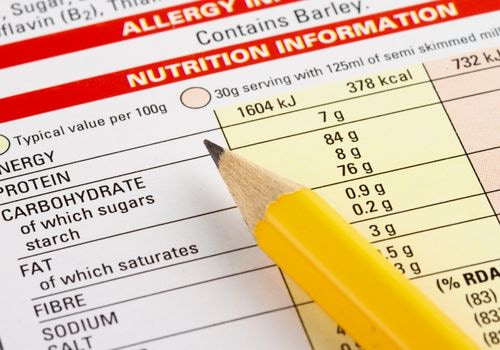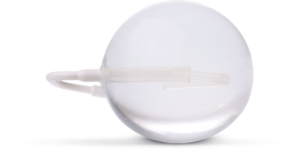Interpreting the nutritional information on foods can be more challenging than it first appears. We will often come across concepts such as “per serving”, “recommended daily intake” and “preservatives”. Unfortunately, these are often confusing and at times, even misleading.
Are there any ways in which you can cut through the proverbial “fluff” in order to better understand which foods are the healthiest as well as those to avoid if you are hoping to lose weight? Let’s review how to read nutrition information before discussing how the online community can provide a bit of much-needed assistance.
Where is Nutritional Information Located?
Nutritional information is found on food labels and it is primarily intended to provide an overview of the ingredients contained within a specific product. In the majority of cases, this data will be located on the reverse side of the label. Although this may often be in the form of small print, the details are crucial if you hope to provide your body with the vitamins and minerals that it requires to function efficiently.

What Type of Information is Found on These Labels?
There are numerous details that nutritional information will provide. The most obvious is a list of the ingredients. This section is formulated in a hierarchical manner. In other words, ingredients found in the highest concentrations are found at the beginning. Trace materials (such as food colourings and preservatives) are therefore located at the end.
However, there is additional information that is just as relevant when creating a balanced diet. This includes:
- The serving size (normally in grams or ounces).
- The number of calories per serving (may be expressed as Kcals).
- The percentage daily value.
These may also be followed by what is referred to as “food nutrition facts“. Here are some common examples:
- Less than 40 calories per serving.
- All-natural vegan ingredients.
- Fat and/or sugar free.
- A good source of a specific vitamin or mineral.
These are intentionally included to summarize the overall health benefits of a specific food or drink.
"Red-Flag" Ingredients to Avoid
Some ingredients within common foods are best to avoid due to their adverse health effects. These include high levels of sodium, artificial flavors or colourings, preservatives, and saturated fat. This is even more relevant if you are hoping to embrace a low-calorie diet intended to lose weight.
Leveraging the Power of the Online Community
Although all of the observations above are straightforward at first glance, nutritional information on foods can still be frustratingly confusing. For instance, what if you come across words and phrases such as “potassium bromate”, “BHT”, “sodium nitrate”, or “high fructose corn syrup“? Other blanket terms such as “shortening” and “partially hydrogenated soybean oil” are just as tricky to understand. This is why referring to the Internet for help is always a good idea.
There are several informative portals that can take the guesswork out of interpreting a list of ingredients. These nutritional databases will provide a wealth of information within a single click. Here are some of the most transparent and trustworthy:
- Nutritionix.com.
- Nutrition.gov (United States).
- CalorieKing (United Kingdom).
- MyFoodData.
The good news is that all of these portals have been engineered with a user-friendly configuration in mind. They are also designed for the average consumer as opposed to the scientist or nutritional specialist. If you still have doubts or should you wish to address specific questions, it is wise to contact a governmental agency found within your town or region.

The Nuts and Bolts of a Healthy Lifestyle
We are all aware that losing weight requires time and dedication. However, the expression “you are what you eat” is just as relevant. It makes little sense to expect benefits from cutting-edge medical devices such as the Spatz3 adjustable gastric balloon if you continue to eat unhealthy foods. This is why looking at the “fine print” is always wise. Let’s also remember that many brands purposely make their ingredients difficult to interpret so that consumers are unaware of exactly what they are putting into their bodies.
If you wish to lose weight or to provide your body with the proper nutrients, the ability to understand nutritional information on foods will certainly come in handy!


